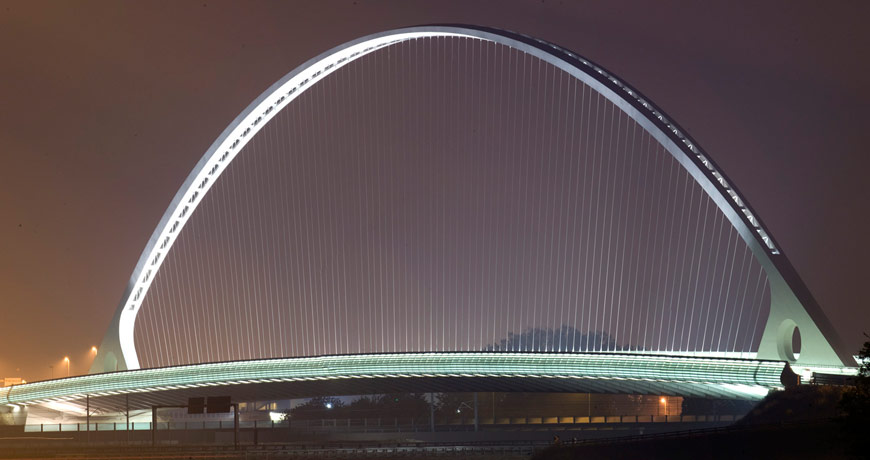Touristic information: Reggio Emilia

Some maintain that the history of Reggio Emilia started during the stone age, yet the first solid evidence of the city founding only dates back to the Roman age. The first core of Regium rose between 182 and 174 BC. The city was at that time a military and trading station and an important centre on the via Emilia. The first barbaric invasions date back to 227 AD. Reggio fell into the hands of the Byzantines, followed by the Longobards and the Francs, on till occupation by Charlemagne's military. Under pressure from the Hungarians and because of internal crisis, the Carolingian state started to fall apart. During the 10th century started the rise of some families, among which the Canossa family was the most important one. The period of the Great Countess, Matilde, coincided with a very important period for the whole territory. A further status of economic flattening took place, on the other hand, in connection with the Este family, and culminated in the great crisis of 1621. The 18th century was also marked by dreadful events, among which were wars, plagues and raids of works of art. The 7th of January 1797 Reggio Emilia, the first seat of an Italian parliament, saw the birth of the Three-coloured Italian flag and during the twenty years of fascism the city stood out for its spirit of resistance against the Fascist regime.
The historical centre of Reggio Emilia still shows a net-like Roman structure, on which, throughout the centuries, various works were implanted. The Duomo dates back to the 9th century, showing interesting Romanic bas-reliefs on the higher part of the façade and is rich with sculptural works by Prospero and Bartolomeo Spani. The Basilica di San Prospero also dates back to the Medieval age, but it has an 18th century façade and is enriched by a 16th century bell tower. Other interesting churches from an artistic point of view are the Santuario della Madonna della Ghiara, with frescoes of Bolognese school and works by Guercino, and the Chiesa di San Giovanni Evangelista, with frescoes by Mandrini. There are many historical palaces, among which Palazzo del Capitano del Popolo (13th century), Palazzo Comunale and Palazzo Sacrati-Terracini (15th century), Casa Ruini (16th century) and Palazzo Vescovile (18th century). City museums are also very interesting: the Museo Archeologico, with Roman remains, the Galleria Civica Fontanesi and the Galleria Parmeggiani, with 15th and 16th century Flemish paintings and sculptures.
In the ancient Canossa lands there is a very nice happening called "Pedalar Gustando" or tasting while cycling, which unites the passion for sport with good cuisine and trails across Fattorie Didattiche or Training farms and bio-paradises.
Every year, the Teatro Municipale R.Valli offers a rich programme of events spacing from symphonic music to classic theatre and ballet.
There are also important appointments for cinema lovers, in particular the Reggio Film Festival, a contest promoted by Cineclub FEDIC Reggio and the Municipality of Reggio Emilia in association with the universities of Modena and Reggio .
